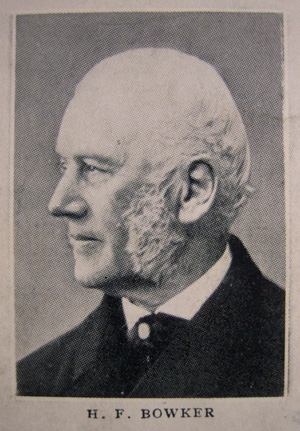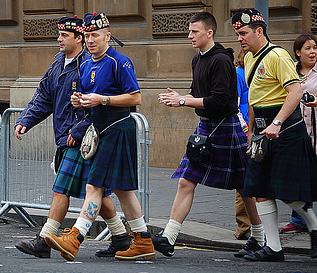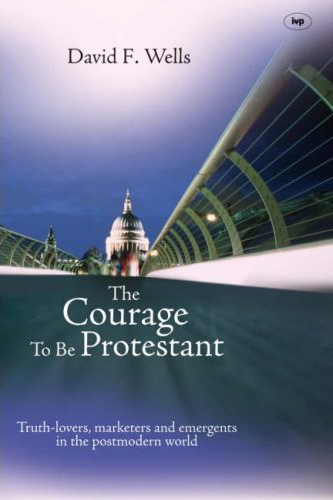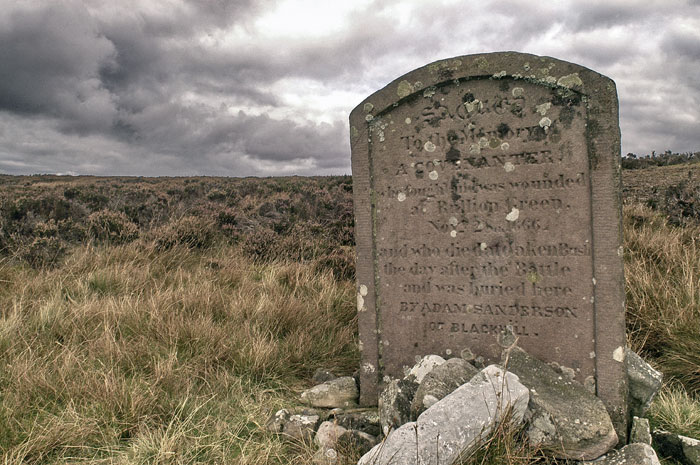Yet another fascinating discovery. Hilary's family tree includes a Henry Francis Bowker (18XX - 1907). He was was the founding Chairman of the Keswick Convention! This just came up in casual conversation the other night, I could hardly believe it, and so I set off digging for information.
After a few nights of hoking aboot I found the pic below on the cover of a book called "These Sixty Years - a History of the Keswick Convention", published in 1935. This is probably the only surviving picture of him - the great-great-great-great grandfather of my three weans!
He was the father of Henry Charles Bowker, who I blogged about as Part 2 of her family tree.
The first Convention was held in 1875, at which he was one of the preachers. In 1878 a set of twelve Keswick-related pamphlets were published. HF Bowker wrote the first one, entitled "Sanctification: a Statement and a Defence". He was one of the pillars of the Keswick Convention until his death in 1907.
In the introduction to the 1878 booklet "A Personal Christ" by Rev W Haslam, Henry Francis Bowker wrote:
It is from the neglect, not so much of the doctrines of the Gospel, but of Christ Himself, that the walk of so many believers is fitful, uncertain, and consequently unhappy, instead of being established, peaceful, and a true witness for Christ.
This website has some information about HFB:
Mr. H.F. BOWKER, after a time of prayer, rose as one who could attest the truth that “He is able.” “We come,” said he, “with testimonies of victories - victories which refer us all to Christ; and even as Abraham could not receive the gifts of the king of Sodom anxious to do him honour because he had lifted up his hand unto Melchizedek, for the gifts had been blessed by that mysterious king - so we who are now to receive the blessing of the great Melchizedek should make Him the central figure in our hearts henceforth and for evermore.”
(Hardly the sort of lightweight fluffy language you hear in most churches today*!) and:
...next Mr. BOWKER rose to show the all sufficiency for us in Christ. “In Christ we have as perfect sanctification as redemption. If this be true, let us settle it in our minds that in Him we have now as perfect sanctification as we shall ever have. Let us take of these gifts laid up in Him for us, and write them upon ourselves.”
and:
“What of the world’s pleasures and amusements? Shall I be the friend of the world and the friend of God? It is impossible to be both; and if I settle that I will be a friend of God then I must drive a ploughshare right through that borderland trodden hard by the feet of Christians going back and forth over it.”
[PS - The world is a small place. For the past 3 years I've designed the advertising materials for the Keswick at Portstewart summer convention.]
* Melchizedek as a forerunner or type of Christ was a well-known theme with the preachers of my youth. Who was Melchizedek? Here's a podcast, but be warned the speaker has a strange voice.
















